Jessica McBroom
ast2vec: Utilizing Recursive Neural Encodings of Python Programs
Mar 22, 2021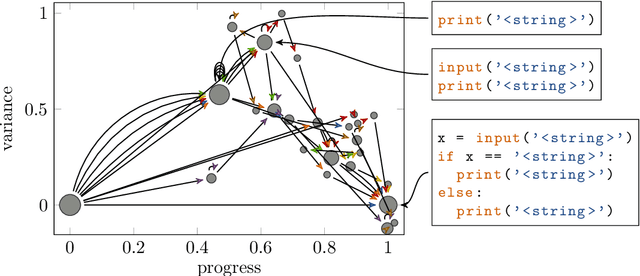
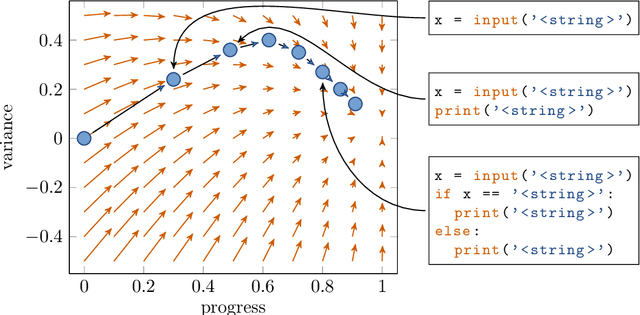
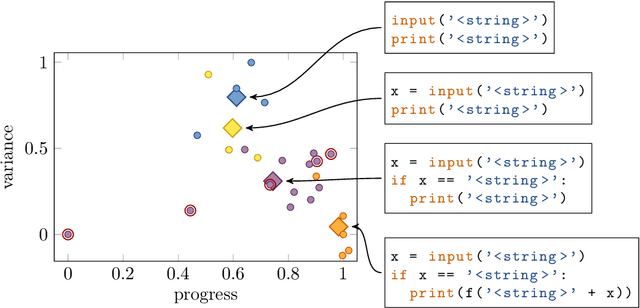
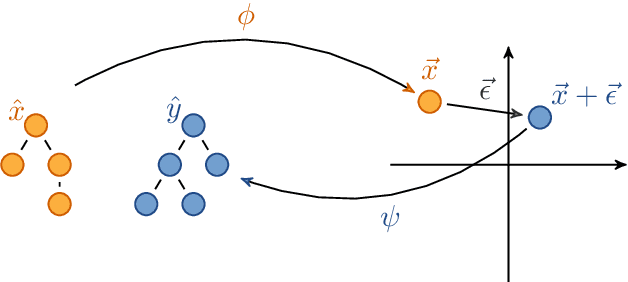
Abstract:Educational datamining involves the application of datamining techniques to student activity. However, in the context of computer programming, many datamining techniques can not be applied because they expect vector-shaped input whereas computer programs have the form of syntax trees. In this paper, we present ast2vec, a neural network that maps Python syntax trees to vectors and back, thereby facilitating datamining on computer programs as well as the interpretation of datamining results. Ast2vec has been trained on almost half a million programs of novice programmers and is designed to be applied across learning tasks without re-training, meaning that users can apply it without any need for (additional) deep learning. We demonstrate the generality of ast2vec in three settings: First, we provide example analyses using ast2vec on a classroom-sized dataset, involving visualization, student motion analysis, clustering, and outlier detection, including two novel analyses, namely a progress-variance-projection and a dynamical systems analysis. Second, we consider the ability of ast2vec to recover the original syntax tree from its vector representation on the training data and two further large-scale programming datasets. Finally, we evaluate the predictive capability of a simple linear regression on top of ast2vec, obtaining similar results to techniques that work directly on syntax trees. We hope ast2vec can augment the educational datamining toolbelt by making analyses of computer programs easier, richer, and more efficient.
DETECT: A Hierarchical Clustering Algorithm for Behavioural Trends in Temporal Educational Data
May 04, 2020
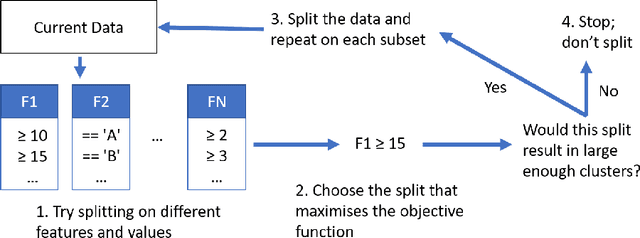


Abstract:Techniques for clustering student behaviour offer many opportunities to improve educational outcomes by providing insight into student learning. However, one important aspect of student behaviour, namely its evolution over time, can often be challenging to identify using existing methods. This is because the objective functions used by these methods do not explicitly aim to find cluster trends in time, so these trends may not be clearly represented in the results. This paper presents `DETECT' (Detection of Educational Trends Elicited by Clustering Time-series data), a novel divisive hierarchical clustering algorithm that incorporates temporal information into its objective function to prioritise the detection of behavioural trends. The resulting clusters are similar in structure to a decision tree, with a hierarchy of clusters defined by decision rules on features. DETECT is easy to apply, highly customisable, applicable to a wide range of educational datasets and yields easily interpretable results. Through a case study of two online programming courses (N>600), this paper demonstrates two example applications of DETECT: 1) to identify how cohort behaviour develops over time and 2) to identify student behaviours that characterise exercises where many students give up.
A Survey of Automated Programming Hint Generation -- The HINTS Framework
Aug 30, 2019
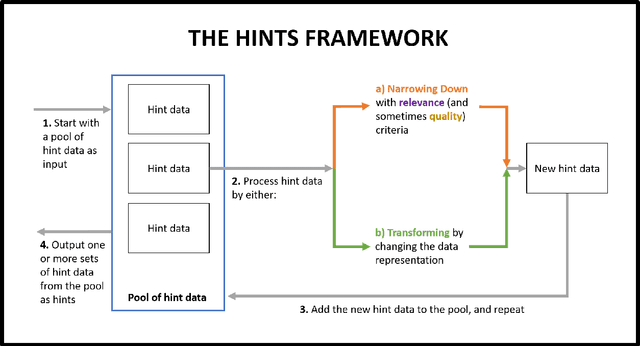
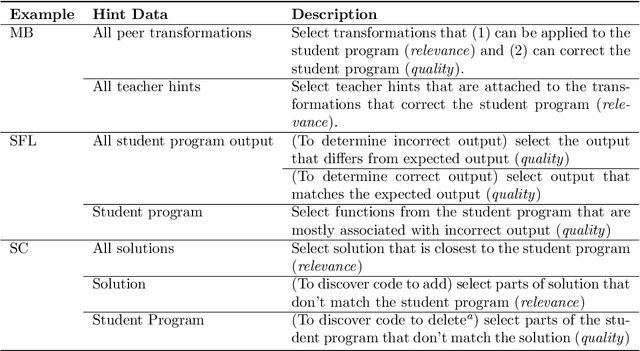
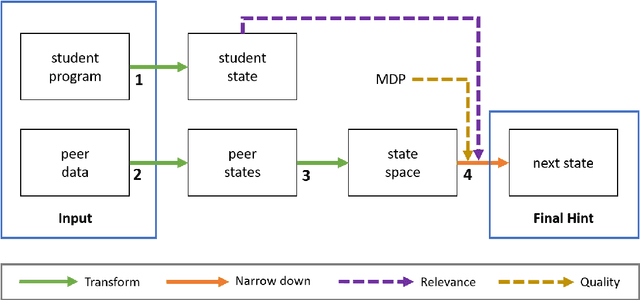
Abstract:Automated tutoring systems offer the flexibility and scalability necessary to facilitate the provision of high quality and universally accessible programming education. In order to realise the full potential of these systems, recent work has proposed a diverse range of techniques for automatically generating hints to assist students with programming exercises. This paper integrates these apparently disparate approaches into a coherent whole. Specifically, it emphasises that all hint techniques can be understood as a series of simpler components with similar properties. Using this insight, it presents a simple framework for describing such techniques, the Hint Iteration by Narrow-down and Transformation Steps (HINTS) framework, and it surveys recent work in the context of this framework. It discusses important implications of the survey and framework, including the need to further develop evaluation methods and the importance of considering hint technique components when designing, communicating and evaluating hint systems. Ultimately, this paper is designed to facilitate future opportunities for the development, extension and comparison of automated programming hint techniques in order to maximise their educational potential.
 Add to Chrome
Add to Chrome Add to Firefox
Add to Firefox Add to Edge
Add to Edge